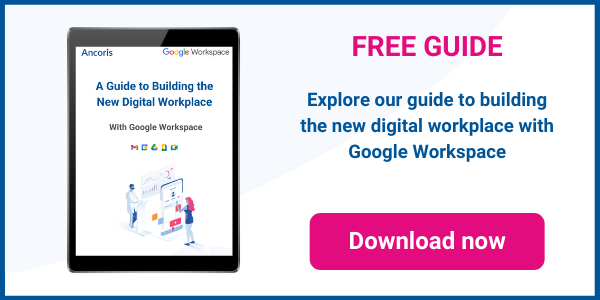Research shows that distributed work can be as effective as working in the same office, but it isn’t always as easy or enjoyable. Why? Employees struggle to create 3 types of high-quality connections.
- Getting connected: Arranging logistics, like rooms and timezones
- Being connected: Ensuring technology supports the work you're doing
- Feeling connected: Getting to know one another, building trust.
However, simple behaviour can help. So what can you do to improve distributed work?
Set Team Vision and Norms
A shared vision and norms help set expectations for how your team works together. But they’re often assumed rather than explicitly stated, leaving opportunities for confusion.
- Set clear guidelines and budgets for when team members can travel or when they should prioritise virtual meetings - it’s one of the best ways to support distributed work.
- Encourage your direct reports to discuss, establish, and document team norms about communication, decision making, and how work gets done across locations.
- Make sure your team has a shared vision, which helps team members across locations align to a broader goal.
Reach out
Create a shared sense of belonging and make sure everyone feels respected and included.
- Make an extra effort to connect with distributed team members on a personal level. Pick up the phone or send an instant message to ask about their day, weekend plans, etc.
- Speaking of travel norms, try to bring your full team together in one location as often as makes sense - whether physical or virtual. Or if you’re hosting team building events in separate locations, make an effort to be there in person.
Traverse Time Zones
Scheduling a meeting that works for everyone is hard enough. It’s easy to forget what matters to your colleagues, especially time zones and personal working hours.
- Revisit your team meeting schedule. If the same people are joining off-hours, try a rotating schedule to accommodate everyone.
- Acknowledge those who are joining off hours, and reconsider “friendly” meeting times (e.g., 8am in Singapore is still 5am in Hyderabad).
Appreciate Differences
Cultural differences influence how people like to be visible or receive recognition; the way people act; and interpret the actions of others - but we’re not always aware of how culture influences behaviour, experiences, or workstyle.
- Reflect: Some behaviours required for distributed work aren’t comfortable. Counter cultural identities, norms, or personalities.
- Use 1:1s to discuss how distributed employees can be heard, supported, and included

